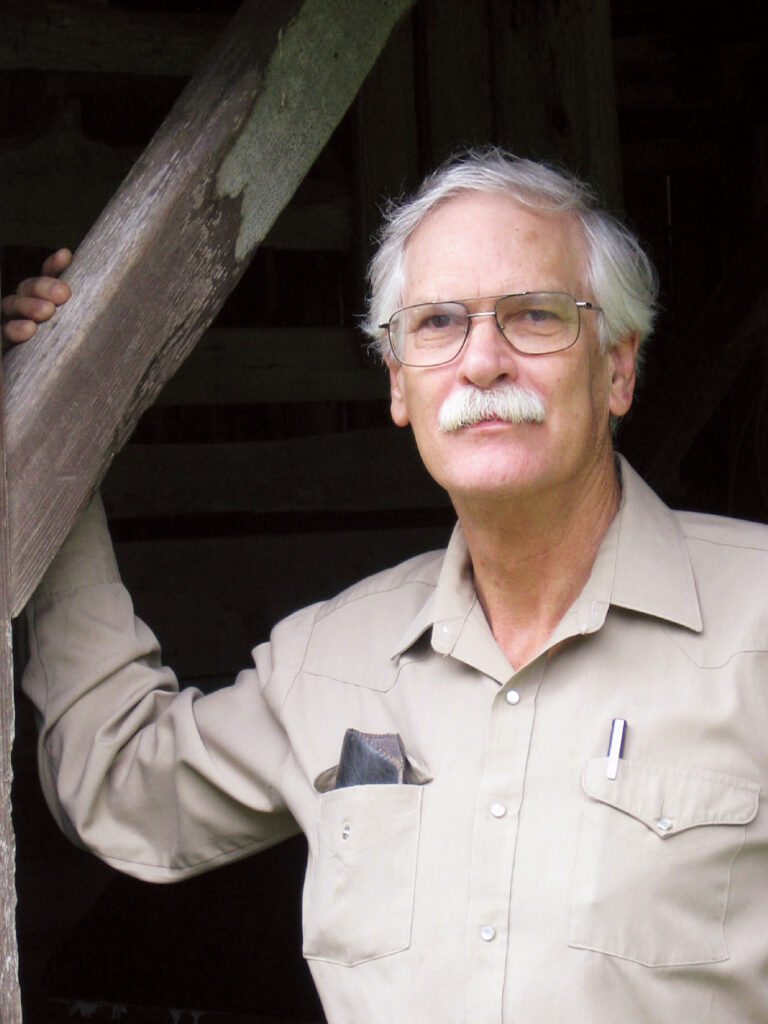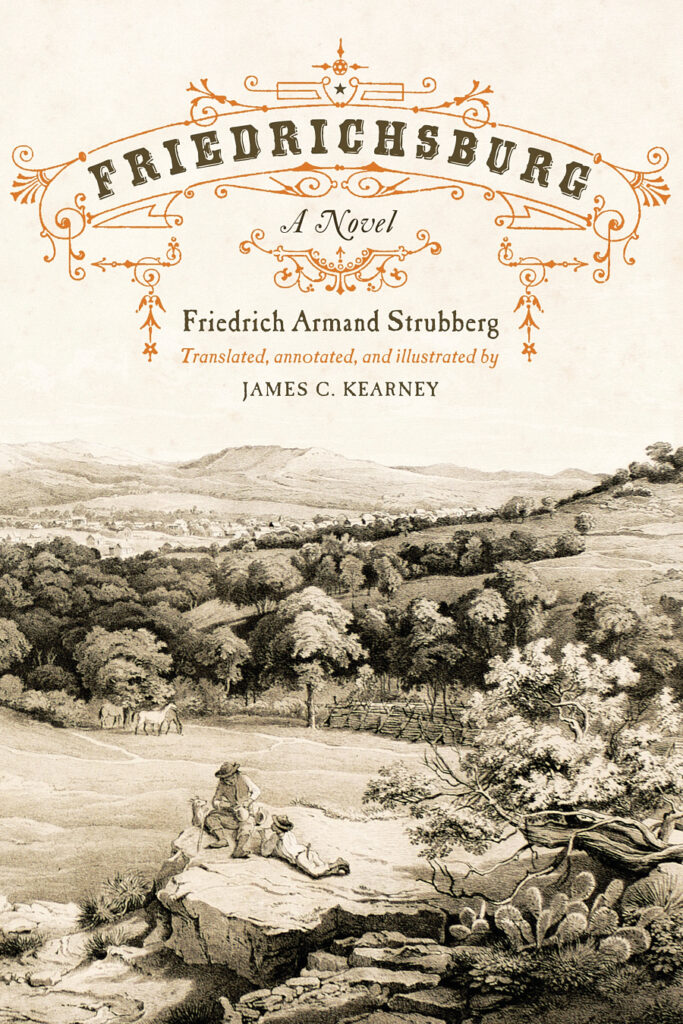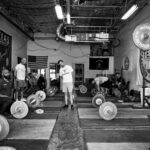Good Reads Q&A: Texas-German History Comes to Life in Translation

Over the past few decades, Fredericksburg, Texas, has grown from a small Hill Country town into a tourist destination that attracts as many as 1.5 million visitors a year to its beloved shops, breweries, wineries, cafes, and historic sites.
It’s impossible to miss the German influence that pervades the town, from the name itself to the authentic German restaurants that tourists and locals frequent.But Texas natives and visitors alike can learn more about the depth of that history in Friedrichsburg, written by Friedrich Armand Strubberg. The book was first published in Germany in 1867, then translated to English from German by University of Texas Germanic Studies professor and Texas-German history scholar James Kearney, BA ’69, PhD ’10.
University of Texas Press describes the book as an “autobiographical novel,” intertwining real and contrived stories to bring the Fredericksburg frontier to life.
Kearney’s translation was originally released as a hardcover in 2012 by University of Texas Press and went on to win the Summerfield G. Roberts Award for a Work of Creative Writing by the Sons of the Republic of Texas the year after its release. The book was released in paperback format by UT Press in November 2023.
The Alcalde sat down with Kearney to talk about his work of translation.
How did you become interested in the German language and Texas Germans specifically?
I grew up on a ranch where I live [to this day], and across the street, there was a German family who still spoke German at home. And then down the road a little bit were a couple who still spoke Czech at home, and a freedmen’s colony. I was fascinated by this sort of cultural interplay between these groups, and this represented a microcosm of the demographic mix of South Central Texas at the time.
When I got to UT, I decided to study German. After I finished my graduate studies at the University and returned to the ranch, I started looking around for something to do with the German language. I began to focus on my own surroundings and what was right around me.

How did you come across this book?
I was researching this plantation called Nassau Plantation, which was the first possession of the Society for the Protection of German Immigrants in Texas. At the plantation, there was a shootout where two people were killed. One of the participants was Friedrich Armand Strubberg, the author of Friedrichsburg, though he went by the name of Dr. Schubert at the time. He had a falling out with the commissioner general in Texas that culminated in this gun battle at the plantation.
I realized Strubberg-slash-Schubert had a fascinating story. He went back to Germany and reinvented himself as a writer of adventure novels based on his firsthand experiences on the Texas frontier. So my interest in Nassau Plantation led me to this novel, and when I realized it had never been translated and that we had a copy of the original in the Briscoe Center for American History, I said to myself, That’s going to be my next book. I’m going to translate it.
What initially struck you about Strubberg’s book?
Strubberg weaves a story around the foundational years of Fredericksburg, Texas, which in some ways is the most unique town in Texas. One year, there is nothing there. There are no roads. Nobody lives there except the Comanche. And the next year it’s the seventh-largest town in Texas.
Strubberg was the first colonial director of Fredericksburg, and he ran the town like a little czar. He wrote this novel, which is a love story between a young German immigrant and his sweetheart Ludwina. Despite the book’s contrived storyline, it has great historical value as a dramatic story of German immigration in the New World in the 19th century.
How do you go about translating a book from German to English?
There is no one-to-one correspondence in the German language. The German is beautiful because it’s straightforward, and it’s not burdened with academic allusions and things like that. But it is a tone and style that was particular to the 19th century. So my challenge as a translator is also to adopt a tone and style and pace that sounds like American English, but at the same time, I’m making the reader aware that it is a German story … I should be really listed as a co-author. It is as much me as it is him.
How do you find that appropriate tone, style, and pace?
It’s an intense interaction with your own language. And I take liberties. I kind of rewrite things in a way that preserves the meaning, but in a much more natural way to say it in English. It’s like music. I want to have a certain meter, and I want it to flow in a certain time signature. It’s a great challenge.
This interview has been edited and condensed.
CREDIT: Courtesy of James Kearney













1 Comment